Luxury Women’s Shoes: Designer Picks, Styling & Timeless Elegance
2025-11-12
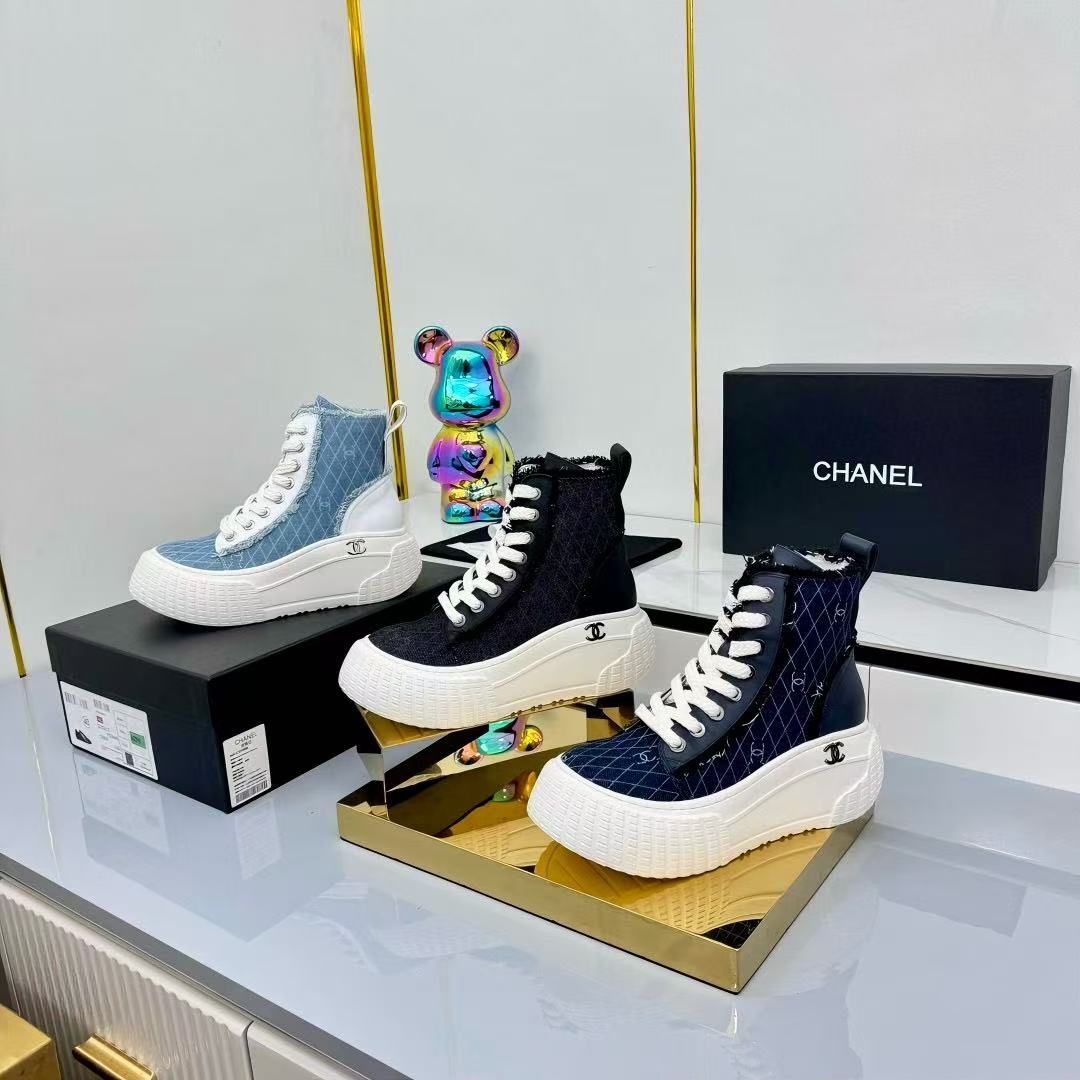

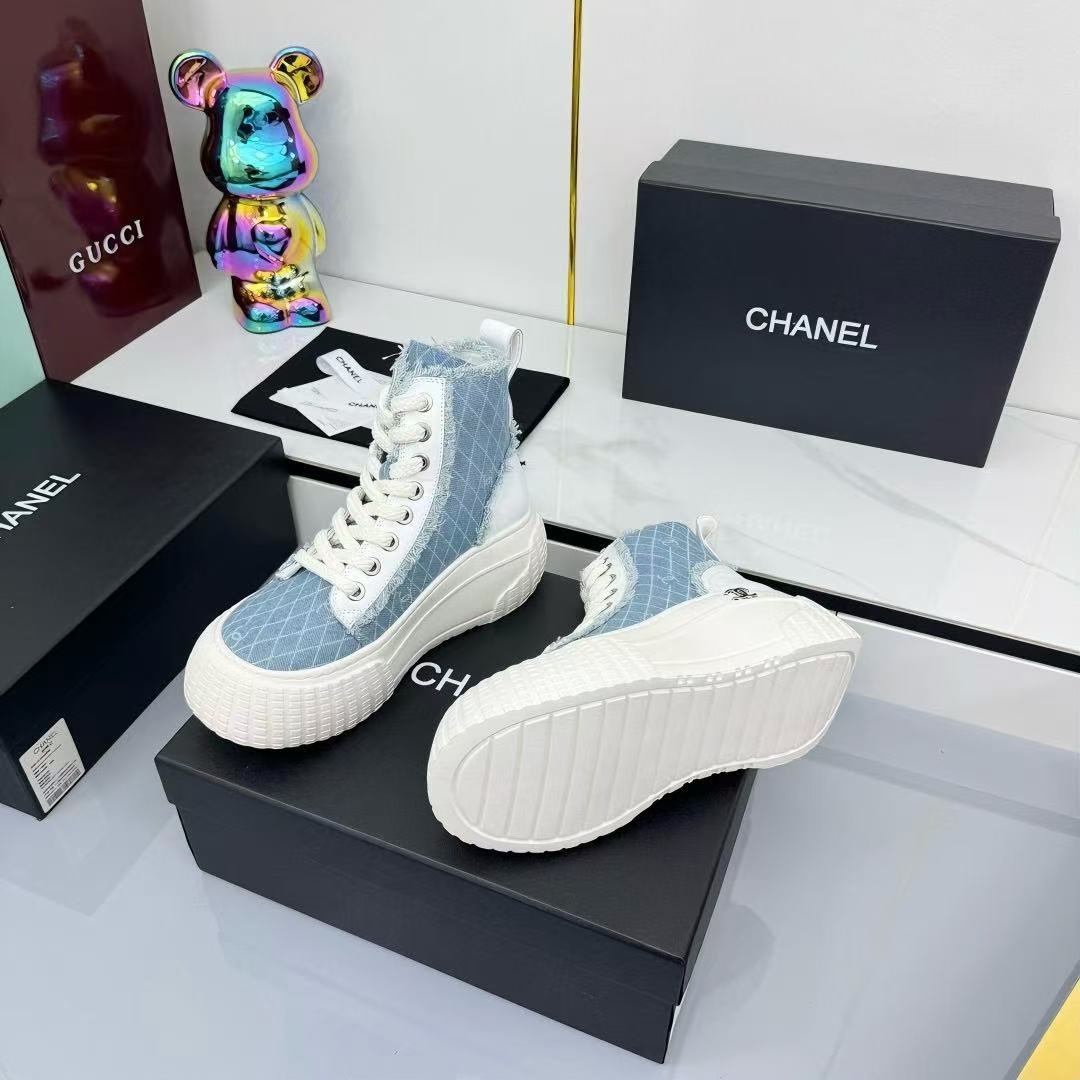
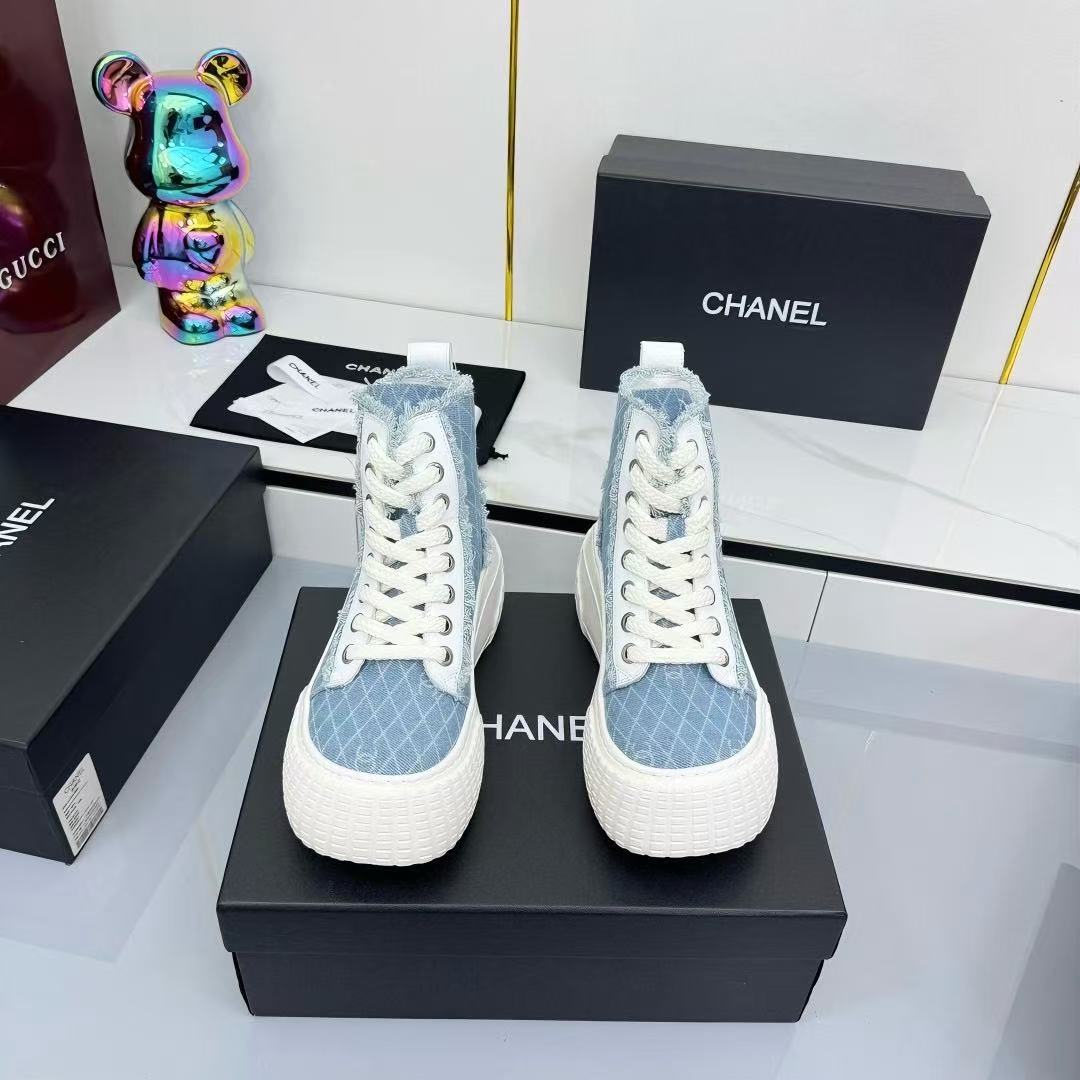
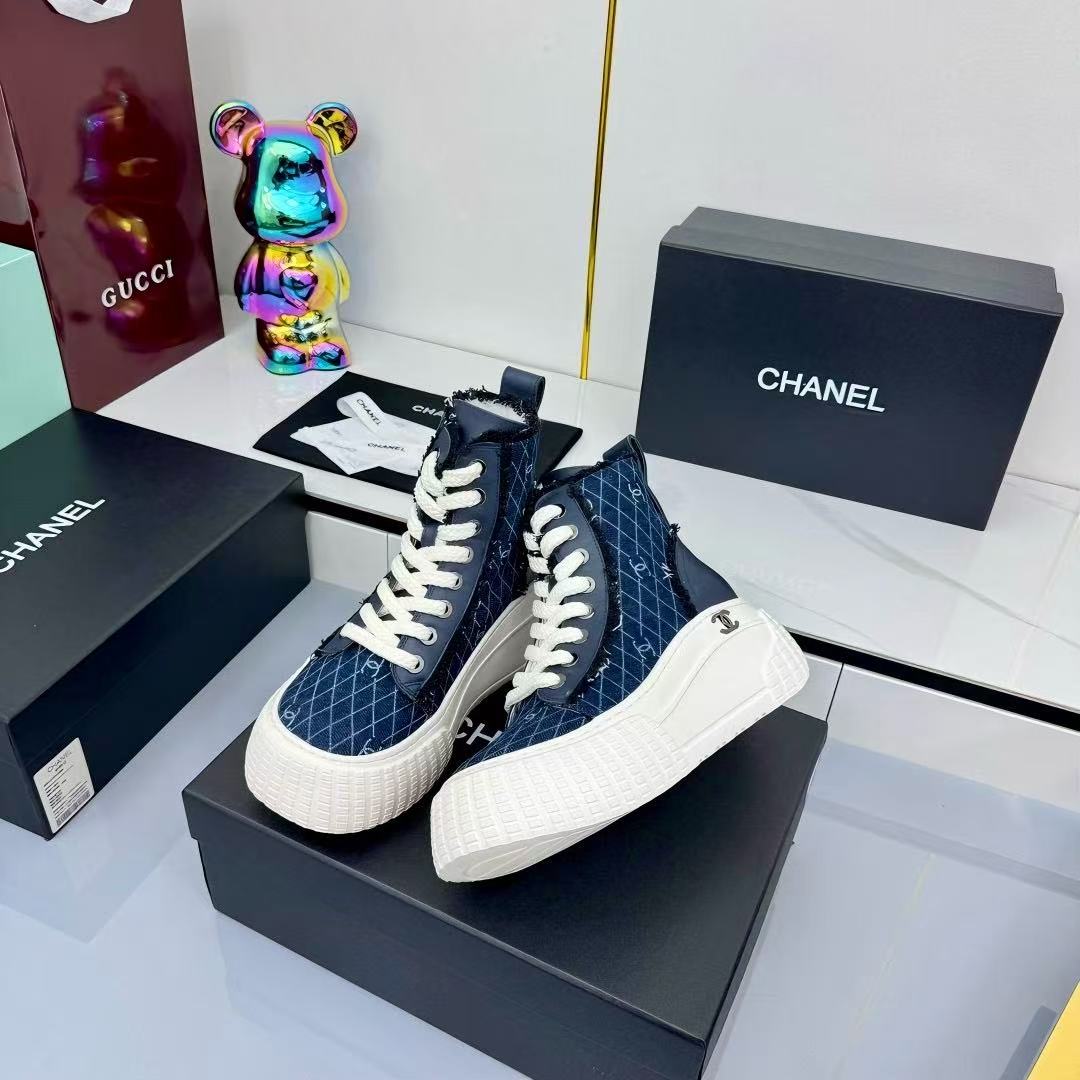
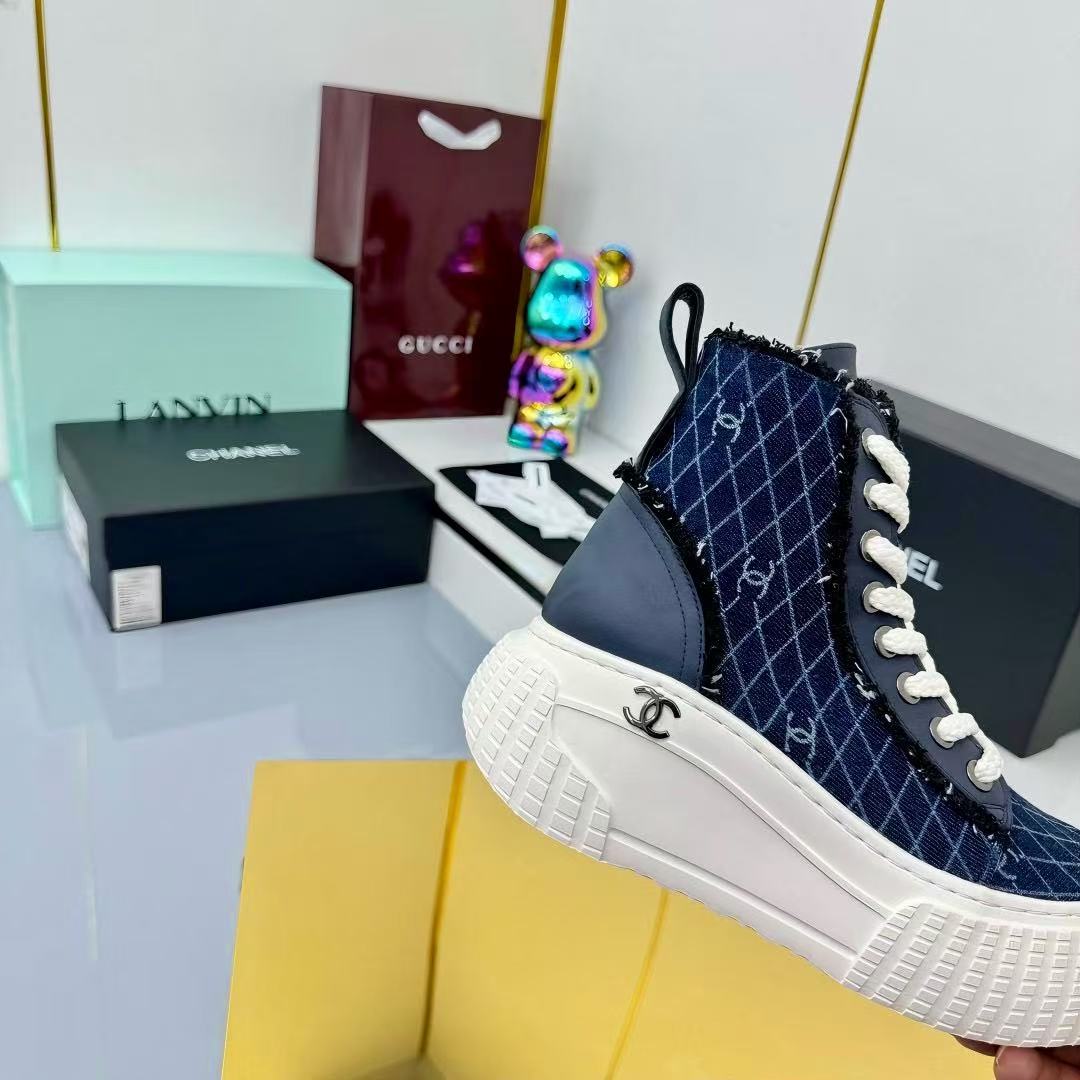
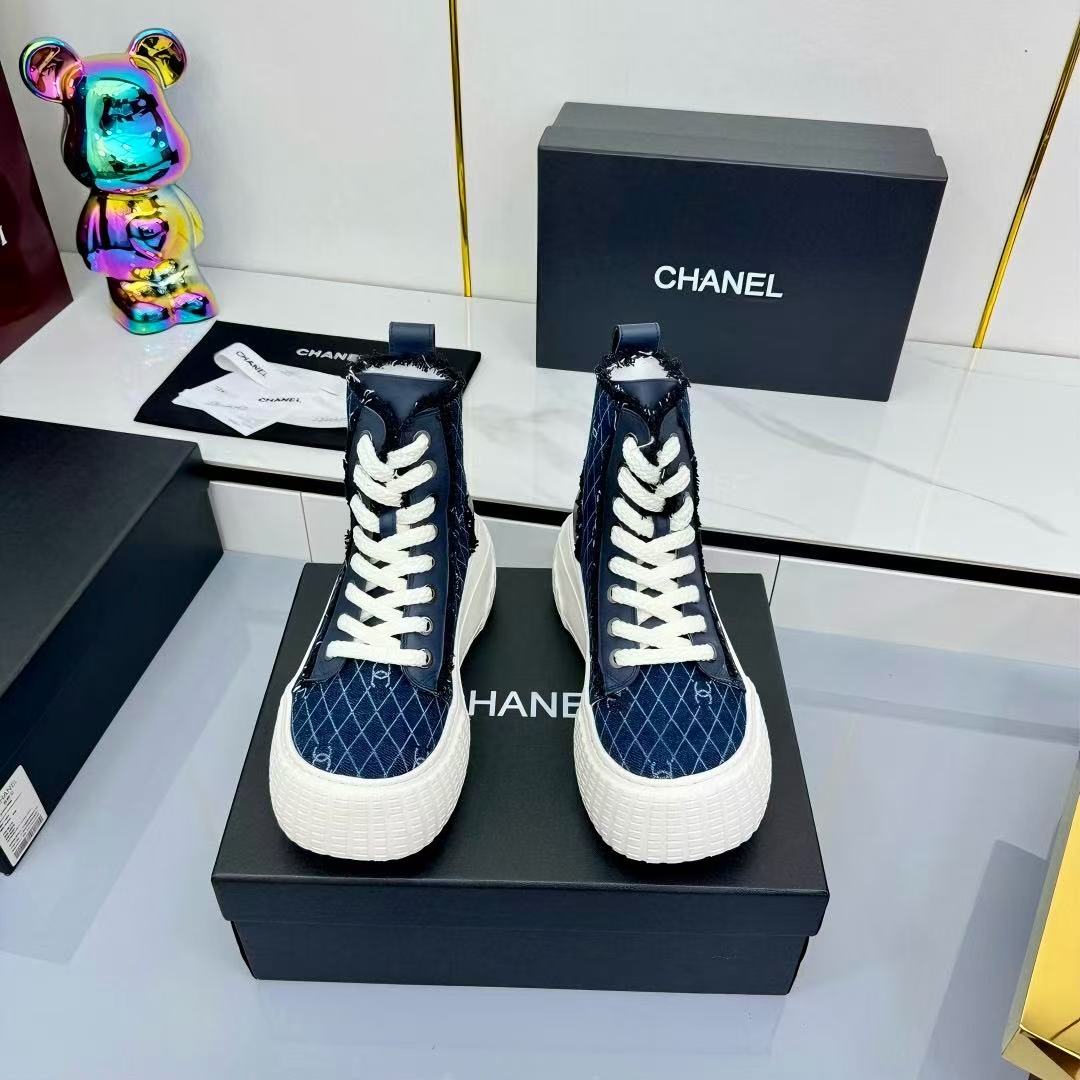

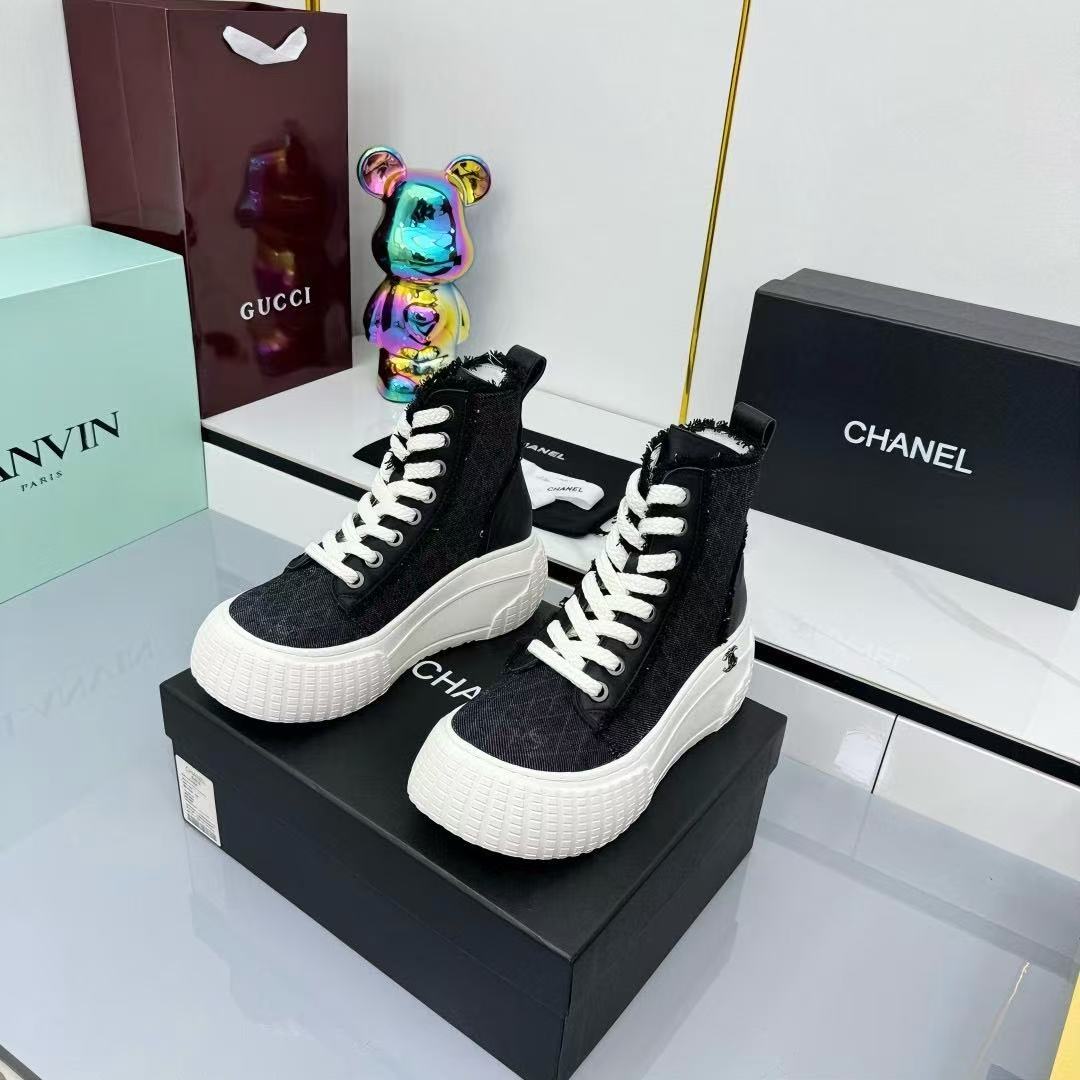
Luxury women’s shoes are never just about price tags—they’re the perfect blend of material quality, craftsmanship, design, and elegance. Whether you need a confidence boost for the workplace or a texture upgrade for daily outfits, this guide breaks down the core logic of choosing high-end footwear, helping you avoid pitfalls and pick "lifetime shoes" that suit your needs.
1. Materials: The Soul of Luxury Footwear
Materials directly determine a shoe’s texture, comfort, and durability, serving as the key benchmark to distinguish luxury from ordinary shoes:
• Genuine Leather First: Italian calfskin and French lambskin are soft and breathable, developing a unique patina with wear. Exotic leathers like crocodile and snake skin showcase luxury through natural textures, ideal for those seeking exclusivity.
• Premium Fabrics & Technical Materials: Italian Loro Piana cashmere and Scottish Harris Tweed offer a warm touch; Gore-Tex (waterproof and breathable) and high-end microfiber (more costly than regular leather, durable and easy to maintain) balance functionality and style, commonly used by top brands.
• Avoidance Tips: Slight color fading from genuine leather linings initially is normal (similar to new jeans); patent leather isn’t fake—high-quality patent leather with eco-friendly resin coatings is breathable, and non-white creases indicate authenticity.
2. Craftsmanship: Ingenuity in Details, Durability Is King
The craftsmanship of luxury shoes lies in invisible details, determining wear life and fit:
• Key Craftsmanship Checkpoints: Hand-stitched uppers have neat, even stitches without skipped threads or excess glue; Florence-based carving techniques and Berluti’s "Patina" dyeing are hallmarks of artisanal value.
• Practical Inspection Methods: The sole should rebound quickly when bent (no stiffness); the toe and heel should fit snugly without squeezing or slipping; the insole should be soft yet supportive, with a smooth, burr-free sole.
• Red Flags: Messy threads, overflowing glue, and stiff, unyielding soles are signs of poor craftsmanship—avoid at all costs.
3. Design: Timelessness Over Trends, Style Meets Temperament
Great design should align with both aesthetics and your lifestyle/body type, avoiding blind trend-chasing:
• Timeless Styles to Buy Blindly: Pointed-toe heels, loafers, Chelsea boots, and Mary Janes are "investment pieces"—their minimalist silhouettes suit work, commutes, and more, remaining stylish for years.
• Trendy Styles: Choose Wisely: Iconic designs like Chanel quilted platform boots and Christian Louboutin red-soled shoes can be statement pieces, but ensure they match your wardrobe; deconstructed styles or metallic accents are perfect for those craving uniqueness.
• Body Type Adaptation Rules: Ankle-skimming straps flatter slender ankles (avoid tight ankle boots if you have thick calves); petite frames benefit from 5-7cm block heels (balance height and comfort); wide feet should steer clear of narrow-toe pointed shoes—loafers and Derbies are more forgiving.
4. Brands & Budget: Choose Smart, Not Just Expensive
The value of luxury shoe brands lies in craftsmanship heritage and style credibility, not just premium pricing:
• Classic Luxury Brands: Salvatore Ferragamo’s Gancini loafers and Hermès’ minimalist flats are renowned for durability and timeless design; Chanel and Dior blend luxury with fashion, ideal for brand-conscious shoppers.
• Designer Brands: Jimmy Choo’s pointed-toe heels and Manolo Blahnik’s elegant footwear add unique flair to outfits; niche brands like Marsell and Hereu prioritize craftsmanship and understated taste, avoiding logo fatigue.
• Budget Allocation Principle: Spend 70% of your budget on daily commute-ready timeless styles (maximize wear frequency); limit trendy/special-occasion shoes to 30% (avoid idleness); don’t overpay for logos—niche artisanal brands often offer better value.
5. Occasion Adaptation: One Shoe for Multiple Scenes, Avoid Waste
Choosing shoes by occasion maximizes utility, preventing "beautiful but unwearable" purchases:
• Work Commute: Black/nude block heels or loafers pair with suits or dresses for professionalism and elegance; opt for heels under 5cm for all-day comfort.
• Daily Casual: Genuine leather sneakers, low-heel ankle boots, and mules complement jeans or casual dresses—suede or soft calfskin adds a relaxed vibe.
• Special Occasions: For galas, choose strappy high-heel sandals or metallic pointed-toe shoes to elevate formalwear; satin styles work for weddings—luxurious yet understated.
• Styling Tips: Longer skirts pair with flatter heels; shorter hemlines match taller boots; busy outfits call for minimalist shoes, while neutral basics shine with statement footwear.
6. Care & Maintenance: Extend the Lifespan of Luxury Shoes
Proper care preserves the beauty and durability of luxury shoes, turning them into long-term investments:
• Daily Care: Wipe leather shoes with a soft cloth after wear (remove dust/stains); use shoe trees to maintain shape (prevent creases); stuff suede shoes with tissue paper to absorb moisture.
• Seasonal Storage: Store in breathable cotton bags (avoid plastic, which traps humidity); apply leather conditioner every 3-6 months (keep leather supple); use waterproof spray for suede/patent leather before rainy seasons.
• Professional Maintenance: For deep stains, scuffs, or sole wear, visit professional shoe repair shops—replacing heel caps or resoling can extend wear life by years.
Investing in luxury women’s shoes means choosing quality over quantity. By focusing on materials, craftsmanship, and personal fit, you’ll own pieces that enhance your style and stand the test of time—shoes that don’t just follow trends, but define your unique elegance.
Would you like me to adjust the length of this guide (e.g., a condensed version for mobile reading) or add a brand-specific recommendation section?